Why is buying a new bed complicated?
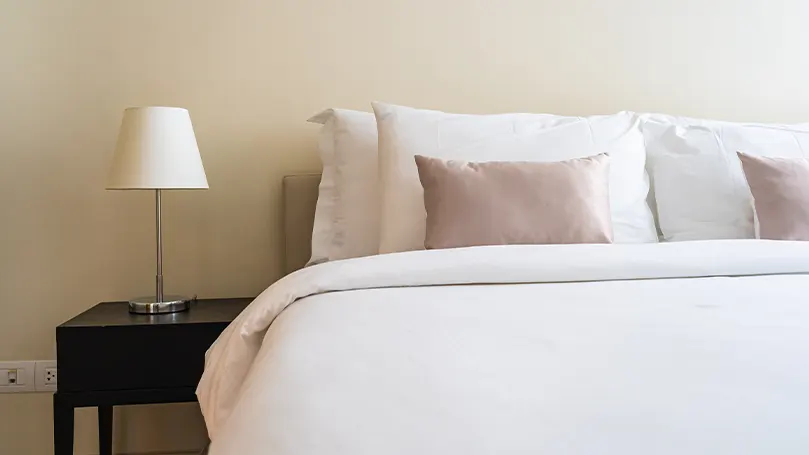
Just like with every big purchase, getting a new bed gets messy due to information overload. There are so many features and details you have to keep in mind that it can be overwhelming. From what brands you should trust to exactly what you need, what's your budget, and what's your timeframe – there's a lot going on.
So, we'll take this slow. First off, let's just discuss the most fundamental questions you should ask yourself. Write down your answers on a notepad and as we keep going through this article, you should end up with a very narrow shopping list to form your perfect bed.
What do you need?
The most important question to ask yourself before you begin shopping online or checking out stores is what exactly you need. For example, do you only need a new mattress or do you want a bed frame as well? Or how about a mattress topper?
And to get the answer, just look at your current setup. Try to remember roughly when you bought every individual part of your current bed and if anything is older than seven years, it's probably time for a replacement.
Also, look for notable damage. Is the mattress lumpy? Does the bed frame creak and swivel? If so, try seeing whether that item still has a warranty and whether you can get a replacement.
Lastly, examine your own sleeping experience. If you're waking up with phantom bruises, your mattress is probably too firm for you. And if you keep falling off the bed, there's a good chance that the edge support has completely disappeared.
How much are you willing to spend?
Now that you know what you need, make a decision on the maximum amount you're willing to spend. And just to be sure, list the items you need from most important to least important as you might need to make cuts if your budget isn't large enough.
We recommend you then quickly browse online by product category just so that you can get a gist of how much certain bedding products usually cost and allocate a part of your budget to every category. Nothing too precise just yet, just a general guideline you can come back to and configure later on.
What's non-negotiable?
As you go through your shopping journey, you'll find that some parts of the plan will be changed multiple times before landing on your final decision. However, some aspects shouldn't be messed with.
For example, how much room do you have and need? If you're sharing the bed with a spouse and a pet, a Double bed is probably going to be too small. But if you have little room to work with, a sofa bed might be your only choice.
Not to mention things like allergies. If you're allergic to down, don't even take down pillows into consideration, regardless of how reportedly comfortable they are. And if you start sneezing from the dust, make sure that your bed gear is hypoallergenic and repels dust mites.
Benefits of purchasing a new bed
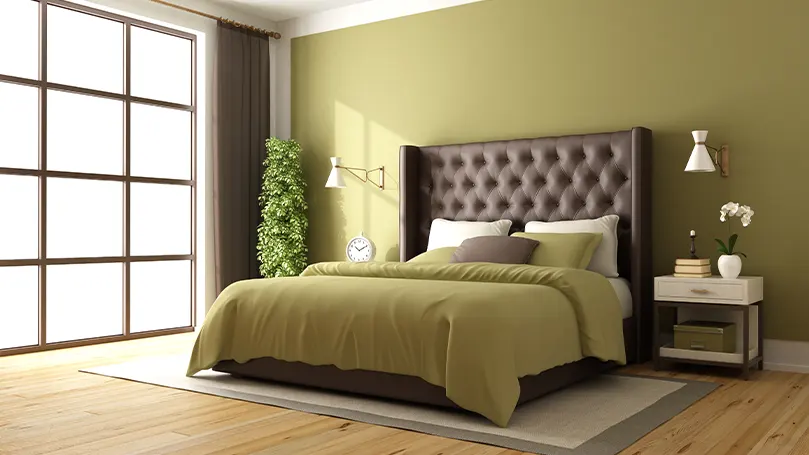
At this point, you might already be freaking out a bit. So, in order to put some of the wind back into your sails and make sure you don't settle for your old bed, let's list some of the benefits of getting a new bed.
After all, we're not suggesting getting a new bed just for the sake of spending some money!
In fact, as you'll soon see, buying a new bed comes with a slew of very noticeable benefits. That is as long as you get the right mattress for your build and sleep preferences.
Let's have a look!
Improved health
Everyone wants a soft mattress in order to be more comfortable. However, a bed can offer you much more than just comfort! For example, a good supportive mattress can rid you of that back pain you thought would follow you for the rest of your life.
And based on your preferred sleeping position, you might just find that waking up with bruises or pain in your gut isn't necessary. Not to mention that better sleep quality can help you feel more energised and happy! So, getting a comfortable night's sleep is far from the only benefit of a good mattress.
More space
Another function people tend to forget when it comes to beds, or more specifically bed frames, is that they can make organising your room a lot simpler.
Storage beds, ottoman beds or divan beds can basically double the amount of storage your bedroom has. Bunk beds on the other hand can allow your children's bedroom to remain spacious while also keeping them comfortable.
And even something as simple as sofa beds can make your living room an impromptu guest bedroom. So, you can completely change how your apartment or house operates and make things a lot more efficient.
Style points
To end on a less stressful note, let's talk about style. After all, who doesn't want their bedroom to look like it came straight out of a movie set?
And you can really mess around with this one. A divan bed might tie your room together if you're going for a minimalistic approach. Flashy duvet covers and top sheets can suit a more modern bedroom. And even some children's beds can totally change the aesthetic of your loved one's bedroom.
So, just like with everything so far in this bed buying guide, think about the ideal setup you'd want and are willing to pay for. Then go wild and find the perfect bedding products for you!
Tips for choosing the right bed
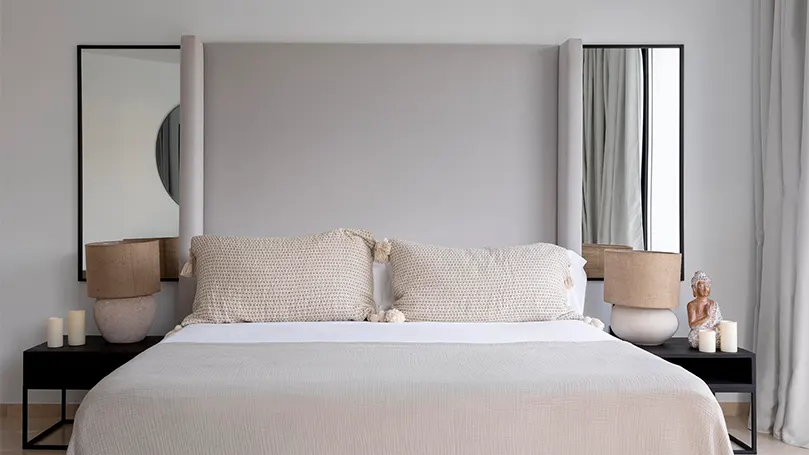
Now that you know why getting the right bed is important, as well as what you need and how much you're willing to spend, it's time to narrow it down some more.
So, here is the next set of questions you'll need to ask yourself in order to pick out the perfect bed!
And do note that this isn't an exhaustive list. Depending on who you are, you might need to put in more or less thought into buying your new bed.
However, this is a good baseline to start from!
Consider the brand
Although paying a thousand pounds for a T-shirt with a simple logo printed on it is a bit absurd for most people, brands can play a more significant role in the bedding industry.
This is especially true when it comes to warranties. While some lesser-known brands may offer 1-5 years of coverage, or even no coverage whatsoever, bigger brands like DreamCloud or Nectar can offer a lifetime warranty on some of their products!
Plus, certain brands specialise in certain bed types. So, for example, when it comes to memory foam mattresses, Simba is probably going to have some of the best models available. And if you're looking for a luxury, handmade spring mattress, we recommend this model from Millbrook for example.
Consider the size
The last thing you'd want is to get a bed that doesn't even fit into the room it's supposed to go into. Or a mattress frame that's too small for your current mattress.
So, pay close attention to the size charts and measure everything before committing to a purchase. And really think about what you need. For example, if you and your spouse are constantly pushing each other off the bed, see whether you can squeeze a bigger bed into the room.
So, in order to properly get an idea of what mattress sizes are out there, we recommend reading our article on the topic. And since bed frames can be a bit trickier, as they by design have to be larger than the mattress itself, here's a size chart for bed frames as well.
Consider the deals
As we've mentioned, getting a new bed can be quite an expensive ordeal. So, keep your eyes open for any deals that can lessen the financial burden.
If it's close to the holidays, waiting for a big sale is your best bet – as Christmas and Black Friday deals are usually very hard to beat. But that isn't your only option. Brands might run special campaigns for certain products that can also save you some money.
And if you're buying multiple bedding products, try seeing whether the brand of your choice offers a bundle deal, as this can usually save you 10-20% off the original price. And if all else fails, see what kinds of payment plans different brands offer, as some can be rather generous when it comes to paying the product off.
Types of beds to consider
There are more bed types on the market than you can count. So, we've taken it upon ourselves to give you a general overview of the most common bed types. And hopefully, this should narrow your search down significantly.
Traditional beds
Traditional or simple beds are exactly what you think they are – the most standard bed frames you're likely to see in the UK. They can come with or without a headboard and footboard and usually play it safe when it comes to design.
If you don't have any special requirements, a traditional bed is likely going to be your best bet. Plus, since they're the standard, these beds tend to have the most variety in terms of size, colour, material, and design.
Storage beds
If you're in need of extra space to put away clothes, duvets, and similar items, storage beds are your best bet. The most common types you'll find are divan beds and ottoman beds but even other bed types can feature some added storage (like bunk beds and cabin beds).
Storage beds generally have drawers built into the sides of the bed or in the front or can be lifted in order to access the storage space below the bed. They can also be rather stylish, so take some time to look around.
Children's beds
This is a broad category as it overlaps with some of the bed types we've already mentioned. For example, a traditional bed can easily serve as a child's bed. But we also have things like bunk beds and cabin beds, which are usually more oriented towards kids.
And we're also going to count baby cots in this category. On that latter note, here are some of our cot recommendations. As you can see, there's quite a bit of variety when it comes to children's beds.
Adjustable beds
In this category, we're counting all bed types that allow for meaningful adjustments. For example, some traditional beds can have the option to lower or bring up the front of the bed so that you can change the angle at which you sleep.
We're also counting air mattress and water mattress setups under this category, as they commonly have features that allow you to change the firmness of the mattress and even temperature control. Overall, adjustable beds are usually more expensive but you're guaranteed a certain level of control when it comes to your sleep.
Daybeds
And under daybeds we're counting all bed types that can easily be moved out of the way when not needed. So, this accounts for sofa beds, chair beds, trundle beds etc.
The main selling point with this type is that they have a practical use and/or can be put away when not needed. But the second guests come over – BAM, you now have another bed. They're also very useful if you have very limited space.
Pros and Cons of different bed types
Given the descriptions of every bed type, you should have a rough idea of what should work for you. However, also keep in mind that no bed type excels in everything.
So, while traditional beds might have the most variety, they usually don't offer storage space. And while bunk beds are convenient, they typically can't fit larger mattress options. It's not like you have to research every minute detail of every bed frame but approach this choice with reasonable expectations and the knowledge that every bed type excels at some things but can fumble in other departments.
How to find the perfect mattress
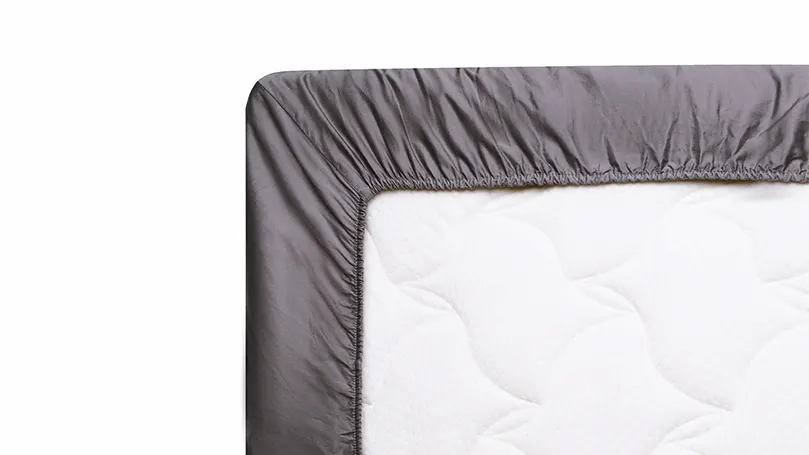
One of the determining factors when it comes to what your new bed might feel like is the mattress your end up getting.
And this is because different mattress types can bring about drastically different benefits that you'll likely want to know about.
So, while not every mattress in each category has all the same features or benefits, this is a general guide for the different mattress types and what they usually bring to the table.
Foam mattresses
Foam mattresses are generally the softest out of the bunch as you can slightly sink into the foam. Memory foam mattresses also tend to offer a decent amount of support and a very snug feeling. And if you really want the highest quality, latex mattresses are probably your best bet.
If you need help deciding between foam and latex, we have an article on this very topic. But also be aware that foam mattresses tend to come with certain downfalls.
The one you'll hear most often is overheating. Since foam is rather dense some sleepers might find them too hot during the summer months. However, this doesn't always have to be the case, as higher-end models usually come with some type of cooling mechanism.
And if you do decide that you'd like this mattress type, here are all the foam mattress models we recommend looking into. At the very least, this should give you an idea of what to look for.
Spring mattresses
Spring mattresses tend to be firmer than foam mattresses and can offer better back support. It all heavily depends on the spring count and the size of the springs but more often than not, you're also getting a sturdier mattress that will last a long time.
They're also usually more breathable and thus less likely to cause overheating. However, they do tend to struggle more when it comes to motion isolation – especially when it comes to the cheaper models. So, if you're sharing the bed and want a budget option, spring mattresses could prove to be a headache.
However, if you are willing to go for a medium or high-range spring mattress, you'll likely get individually wrapped coils that can keep things calm. And if you're looking for pocket-sprung mattress recommendations, we have you covered.
Hybrid mattresses
At the best of times, a hybrid mattress will take the best parts of foam mattresses and spring mattresses and put them into one supreme product. At the worst of times, it will suffer on all sides and make for quite a miserable experience.
So, they're a bit difficult to properly define. Therefore, we suggest being extra cautious when it comes to hybrid mattresses and only going for ones that have good reviews and come from a reputable brand. And here are a few hybrid mattresses we like for reference.
Mattress firmness options explained
When it comes to mattress firmness, you most likely won't have to think too much about it. For the vast majority of sleepers, a medium-firm mattress is ideal and since most manufacturers make their products in that range, it's a no-brainer.
However, that's not always the case. For example, if you sleep on your stomach and/or are a bit heavier than the average person, you might want to find a mattress with a softer feel. And if you have back issues, a firmer orthopaedic mattress is your best option.
Lastly, if you and your partner have different preferences when it comes to firmness, try getting a dual-core mattress so that you can both get the feeling you're looking for.
But if none of these situations apply to you and you want to learn more about medium-firm mattresses, we suggest giving this article a read. It even comes with some recommendations, so your search can be a bit quicker.
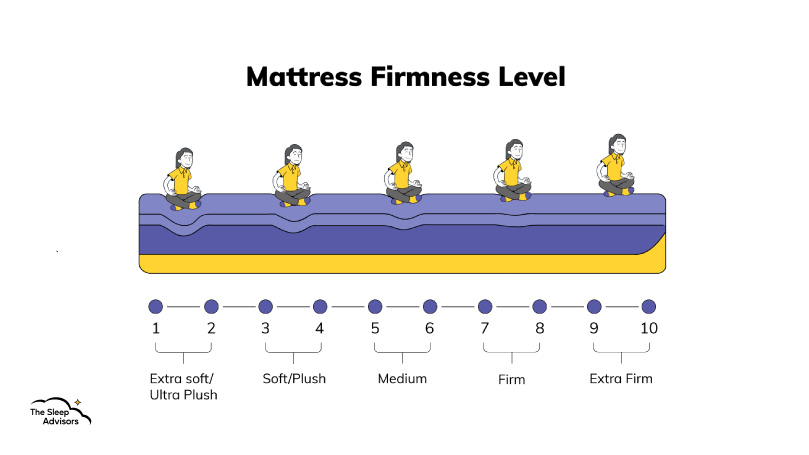
Features to look for in a new bed
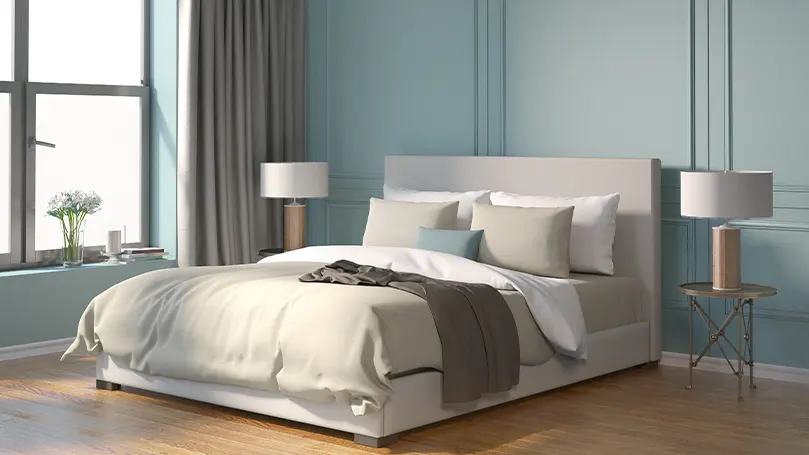
Lastly, we're going to go over a few features that commonly pop up in the bedding industry.
We're going to explain which ones might impact your sleeping experience in a meaningful way so that you'll know to keep an eye out and add bedding products with these features to your “must-have” list.
Note that these aren't all the terms you'll likely see. Things such as edge support , pressure relief and many other features are bound to pop up.
However, for the time being, let's just focus on the following three.
Temperature regulation
Sometimes this feature will be marketed as high breathability or even cooling but the point is the same – you won't overheat. The importance of this feature heavily depends on how you normally sleep and where you live.
So, if you for example live in a very humid area and constantly wake up drenched in sweat, getting a mattress with this feature could be a game-changer! But if you live in a colder part of the world, it won't necessarily be as life-changing.
And another related but distinct feature is moisture wicking. This is usually featured on covers and pillows and it will also keep you nice and cool during the night.
Hypoallergenic
If you have issues with allergies, getting bed gear that is hypoallergenic is a must as flare-ups will likely keep you awake all night. And this doesn't just go for your mattress, as your covers, duvet and pillow should all be hypoallergenic.
In the same category, you can have dust-mite repellant and anti-microbial tags. All you need to know is that they keep things nice and fresh, with no fear of allergies.
Eco-friendly
If you're an environmentally conscious person, you might be surprised at how green the bedding industry can get. Some bigger brands feature the use of sustainable materials like bamboo (for example, Panda) and others even create entire sections of their product with recycled materials (for example, Simba).
Not to mention that certain brands also offer old mattress removal – not only saving you the hassle but also recycling it for you. And brands like Aeyla even donate some of the profits to help keep the rainforests safe.
Lastly, you should look out for labels like Certipur-US-Certified or Oeko-Tex if you want the ease of mind of production being done up to code, with no dangerous chemicals involved. It's rather standard among big brands but could be missing when it comes to lesser-known retailers.
Conclusion
And that's all you need to know about getting a new bed! So, do you know what your new bed is going to look like? Let us know in the comments. And if you have any questions, don't worry – at The Sleep Advisors we've covered any bedding question you could ever have.

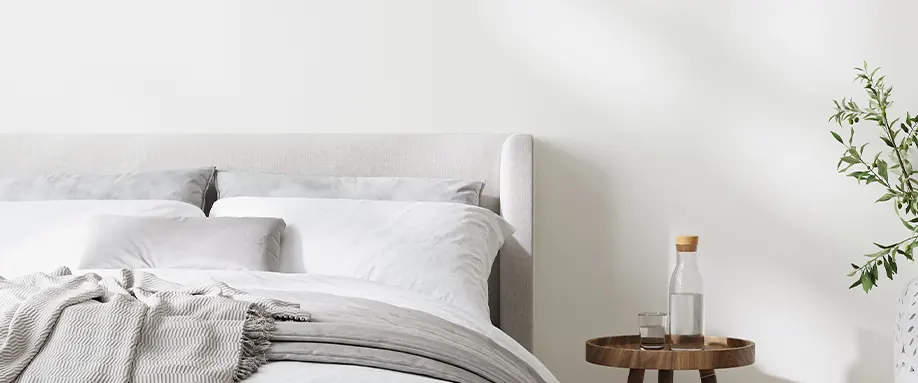
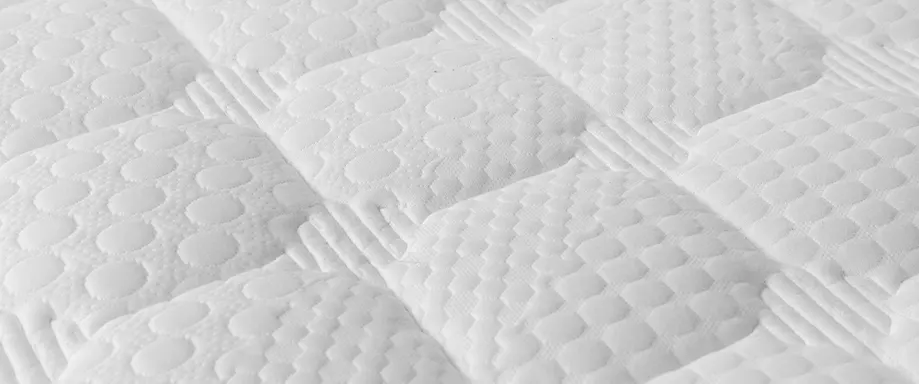












There are no comments yet
"*" indicates required fields